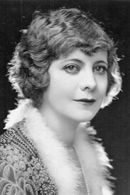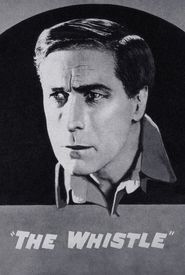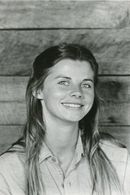Born in Chicago in 1885, Myrtle Stedman, née Lincoln, began showcasing her musical talents at a remarkably early age, taking the stage by storm at the tender age of 12 to sing light opera in the chorus. As her skills continued to flourish, she progressed to singing lead roles in various shows, only to eventually decide to trade in her music career for the silver screen.
In 1911, Myrtle and her actor-husband, Marshall Stedman, were signed by the Selig Polyscope Co., marking the beginning of her illustrious career in film. Her debut credit was the three-reeler, The Two Orphans (1911),and she quickly gained recognition for her captivating on-screen presence, earning the nickname "the girl with the pearly eyes."
Throughout her early years in the film industry, Myrtle was often directed or paired with Marshall, but it was her unique blend of enchanting and enigmatic qualities that truly set her apart from her contemporaries. Her athletic abilities also made her a natural fit for westerns and action-adventure films.
In 1914, Myrtle joined the Bosworth Company and appeared in a string of notable silents, including The Country Mouse (1914),Jane (1915),Peer Gynt (1915),and the classic Hypocrites (1915),which was directed by the pioneering lady director, Lois Weber. Her reputation as a fine actress continued to grow with her roles in The American Beauty (1916),As Men Love (1917),In the Hollow of Her Hand (1918),and The Teeth of the Tiger (1919).
Myrtle's personal life also underwent significant changes during this period, as she gave birth to her son, Lincoln Stedman, and eventually divorced her husband in 1919.
Following her rich roles in Reckless Youth (1922) and The Famous Mrs. Fair (1923),which was widely regarded as one of her finest performances, Myrtle's star began to fade, and she began to support other stars in films such as Flaming Youth (1923),Tessie (1925),and No Place to Go (1927).
The advent of sound seemed to pose no significant challenges for Myrtle, as she effortlessly transitioned into matronly secondary roles in films like The Jazz Age (1929),Little Accident (1930),Beau Ideal (1930),Klondike (1932),and The Widow in Scarlet (1932). However, by 1933, she had regressed to unbilled roles, which would remain her status until the time of her death.
Myrtle's life was cut short when she suffered a heart attack in late 1937 and declined rapidly, ultimately passing away on January 8, 1938, at the age of 52. Her ex-husband, Marshall Stedman, died in 1943, and her son, Lincoln, met his demise in 1948.








































